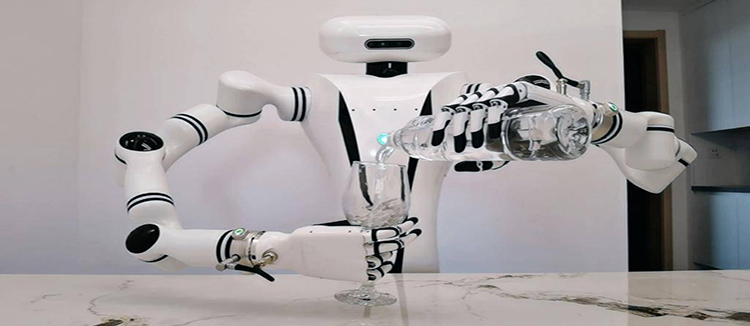Understanding Linear Actuators: Applications, Benefits, and How They Work
Linear actuators are the unsung heroes of many mechanical systems, providing precise control and movement in a variety of applications. These devices convert energy into linear motion, which is the movement of an object in a straight line. In this article, we will delve into the world of linear actuators, exploring their applications, benefits, and the underlying principles that make them such a valuable component in modern engineering.

Applications of Linear Actuators

Linear actuators are versatile components found in a wide range of industries. Some of the most common applications include:
1. Automotive Industry: They are used in power seats, convertible roofs, and tailgates, providing smooth and controlled movement.
2. Industrial Automation: In manufacturing, linear actuators can be found in assembly lines, robotic arms, and material handling systems, where precision and repeatability are crucial.

3. Medical Equipment: Linear actuators are integral in devices such as hospital beds, surgical tables, and diagnostic equipment, ensuring patient comfort and safety.
4. Construction and Agriculture: They are used in machinery for lifting, digging, and other heavy-duty tasks, offering robust and reliable movement.
5. Aerospace: Linear actuators play a role in controlling various systems within aircraft, such as landing gear and wing flaps.
Benefits of Using Linear Actuators
The benefits of linear actuators are numerous and contribute to their widespread use:
1. Precision: Linear actuators can be programmed to move to exact positions, making them ideal for tasks requiring high accuracy.
2. Controllability: They can be easily integrated with control systems, allowing for remote operation and automation.
3. Efficiency: Linear actuators are energy-efficient, converting a significant portion of input energy into mechanical work.
4. Durability: Designed for long-term use, they can withstand harsh environments and heavy loads.
5. Customizability: Linear actuators can be tailored to specific needs, with various sizes, forces, and stroke lengths available.
How Linear Actuators Work
The operation of a linear actuator can be broken down into a few key components and processes:
1. Power Source: Linear actuators require a power source, which can be electrical, hydraulic, or pneumatic. The power source provides the energy needed to drive the actuator.
2. Conversion Mechanism: The energy from the power source is converted into linear motion. In electric linear actuators, this is typically done through a motor that turns a lead screw or a ball screw, which then moves the actuator's rod.
3. Stroke Length: The stroke length refers to the distance the actuator can move. This is determined by the design of the actuator and can be adjusted to fit specific applications.
4. Feedback System: Many linear actuators are equipped with a feedback system, such as an encoder, to monitor position and ensure accuracy.
5. Mounting and Integration: Linear actuators are designed to be easily mounted and integrated into existing systems, with various mounting options available.
Conclusion
Linear actuators are a critical component in many industries, providing precise and controlled linear motion. Their versatility, efficiency, and reliability make them an essential tool in modern engineering. Understanding the applications, benefits, and工作原理 of linear actuators can help engineers and designers make informed decisions when selecting the right actuator for their projects.










